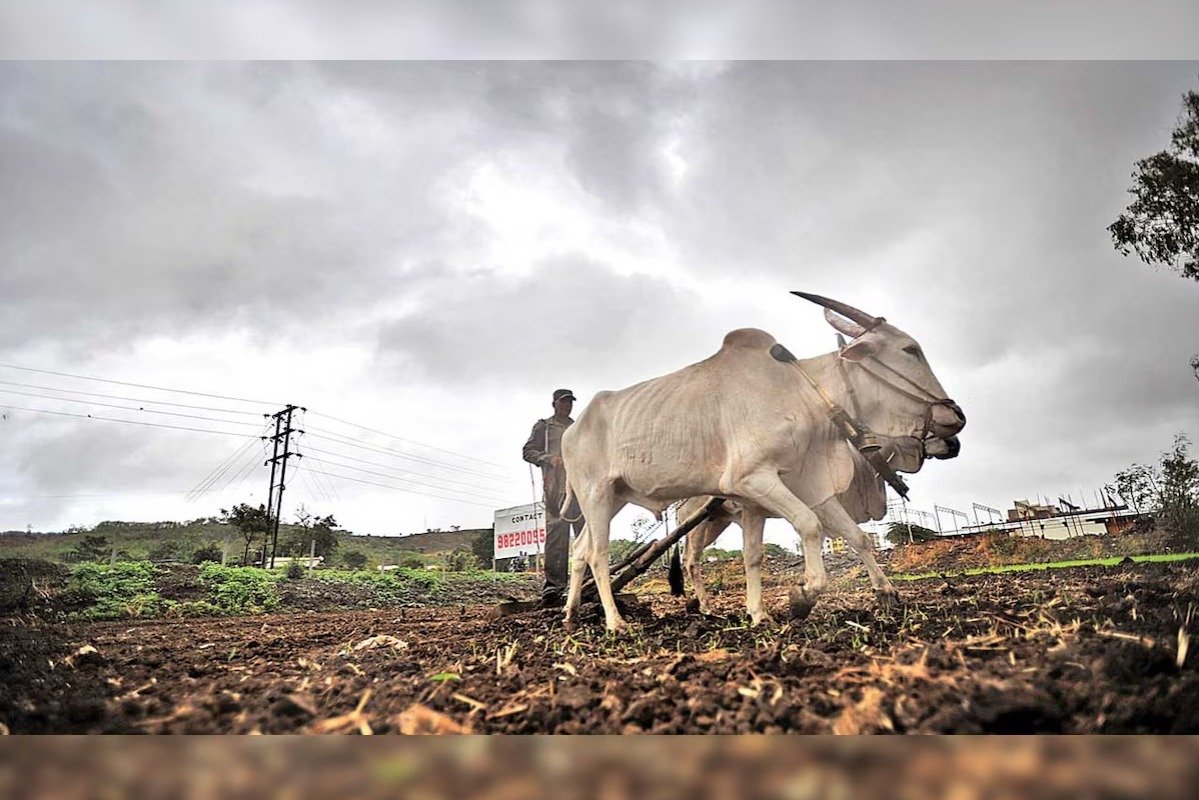According to the latest government data, more than 25 crore Soil Health Cards have been given to farmers nationwide (through July) in an effort to support improved soil management and encourage the balanced use of fertilizers. As of February 2025, states and Union Territories have received a total of Rs 1,706.18 crore to fund the Soil Health Card program. To increase its influence, the Indian Soil and Land Use Survey has also conducted extensive soil mapping.
The official statistics revealed that over 290 lakh hectares, including land in 40 aspirational districts, had been mapped at a 1:10,000 scale. For 21 states and Union Territories, 1,987 village-level soil fertility maps have been produced to help farmers use fertilizers responsibly. Farmers can use these maps to make better decisions for their crops and soil. The International Year of Soils was declared for 2015. On February 19, India also introduced its historic Soil Health Card Scheme, which aims to evaluate the nutritional status of all farms in the nation.
Prime Minister Narendra Modi formally introduced the plan in Suratgarh, Rajasthan. It helps state governments give farmers thorough updates on the condition of their soil. These cards direct farmers toward sustainable practices and provide suggestions for enhancing soil fertility. The program was incorporated into the Rashtriya Krishi Vikas Yojana in 2022–2023 and is currently referred to as “Soil Health and Fertility.” Farmers receive a printed report for each piece of land they own called a Soil Health Card. Twelve essential factors are tested to determine the state of the soil: pH (acidity or basicity), EC (electrical conductivity), OC (organic carbon), Zinc, Iron, Copper, Manganese, and Boron (micronutrients); and Nitrogen, Phosphorus, Potassium, and Sulfur (macronutrients).



